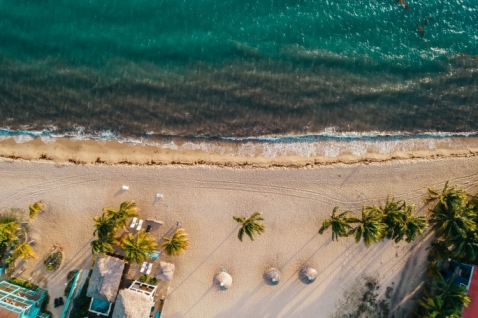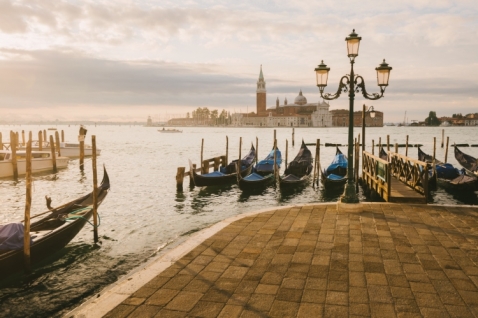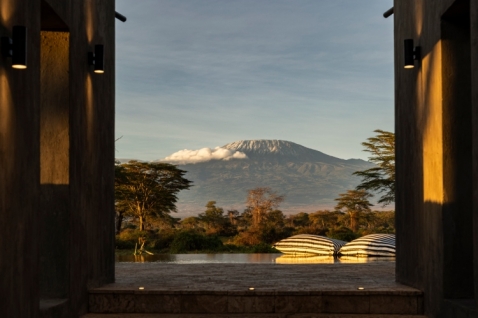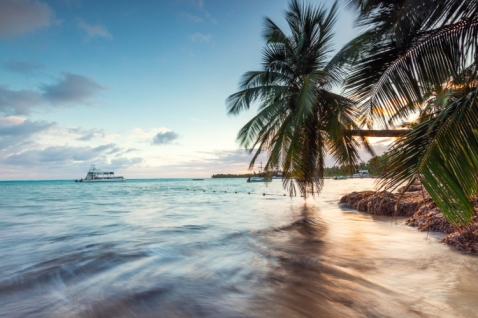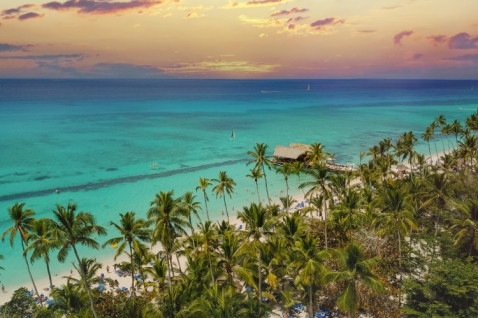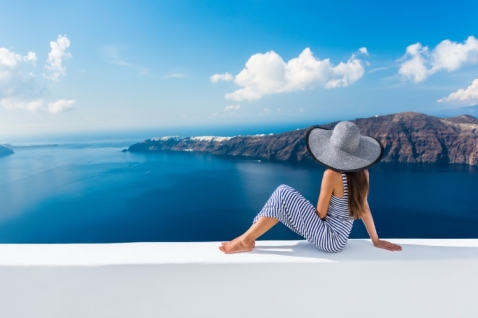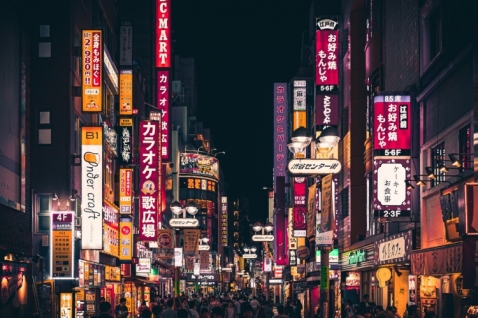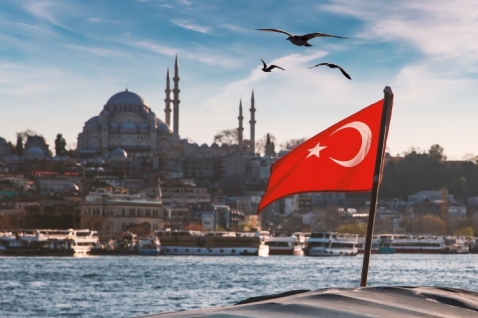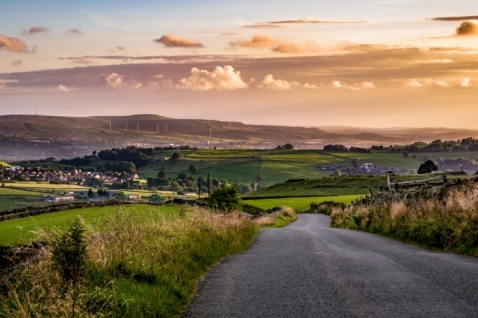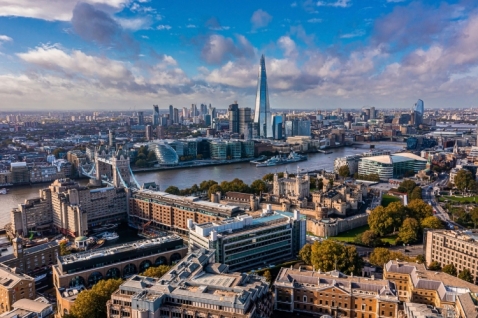Stretching north from Blanes all the way to the French border, the Costa Brava ranks with the Costa Blanca and Costa del Sol as one of Spain’s three great holiday coasts.
Though for many it is synonymous with some occasionally awful concrete hotels and English breakfasts, the ‘Rugged Coast’ has some of the most spectacular stretches of sand and sea in all of Spain; its very ruggedness prevents excessive development.
Nestling in the hilly back country – green and covered in umbrella pine in the south; but barer and browner in the north – are charming stone villages, the towering monastery of St Pere de Rodes and Salvador Dalí’s fantasy castle home at Púbol. A little further inland are the bigger towns of Girona, with its sizeable and strikingly well-preserved medieval centre, and Figueres, famous for its bizarre Teatre-Museu Dalí, the foremost of a series of sites associated with the famous eccentric surrealist artist Salvador Dalí.
The ruggedness of the Costa Brava continues under the sea, offering some of the best diving in Spain, with the protected islets off L’Estartit – Illes Medes – boasting probably the most diverse sea life along the Spanish coast.
From metropolitan Barcelona spreads a land of such diversity that, although its furthest-flung corner is no more than 200km away, you could spend weeks dissecting it and still feel you’d barely begun. The Costa Brava, blighted by dreary pockets of mass tourism, still boasts much of the wild beauty that first drew visitors here. Just inland are the medieval city of Girona and Figueres, home of the ‘theatre-museum’ of that city’s zany son, Salvador Dalí.
Running across the north, the Pyrenees rise to mighty 3000m peaks from a series of green and often remote valleys, dotted with villages that retain a palpable rural and even medieval air. These mountains provide some excellent walking and skiing. Enchanting Romanesque churches are scattered across the valleys of the north.
Excitement runs thinner in the far west and south, but there’s enough to keep you exploring for days, from the wetlands of the Ebro delta to the historic cities of Tarragona and Lleida. Strike out and you’ll discover grand medieval monasteries, lush vineyards and hilltop villages.
Throughout Catalonia (Catalunya in Catalan, Cataluña in Castilian Spanish) the sense of difference from the rest of Spain is intense, not only in the use of Catalan (although everyone speaks Castilian too) but in the festivals, cuisine and reminders of the region’s unique history.


